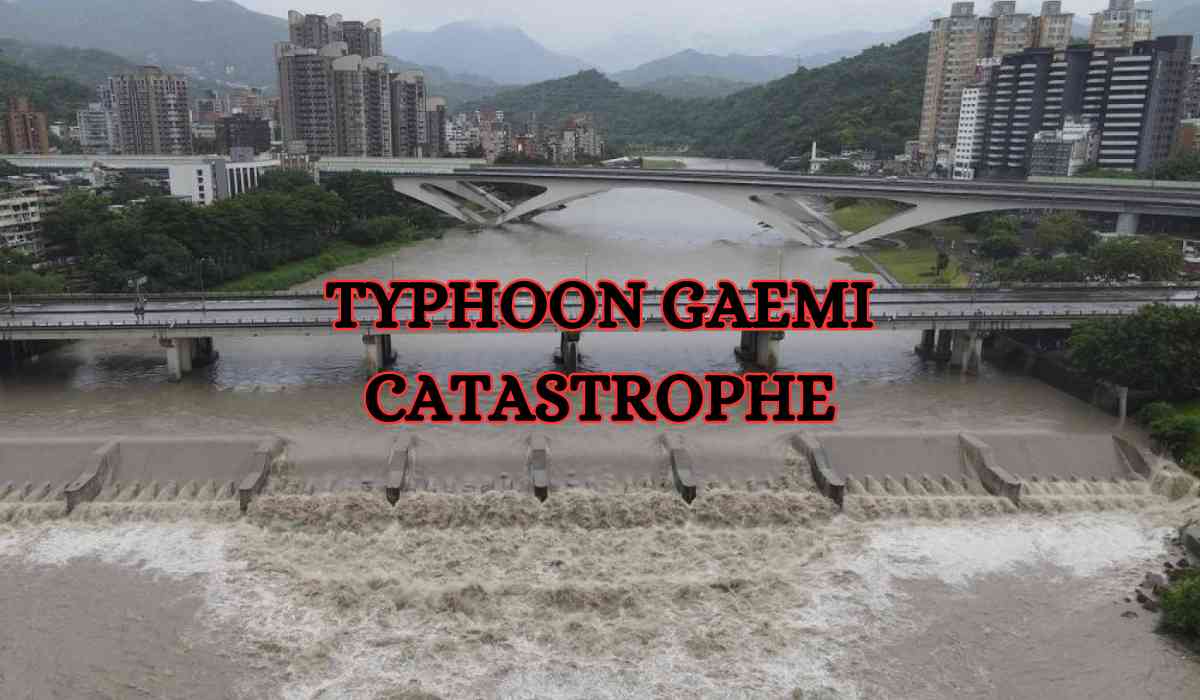On late Wednesday night, Typhoon Gaemi made landfall on Taiwan, marking the most powerful storm to strike the island in nearly a decade. The typhoon’s impact has been severe, resulting in the deaths of three individuals and injuring at least 266 others. The Central Weather Administration of Taiwan reported that Gaemi struck the northeastern coast at midnight local time, delivering wind gusts reaching up to 227 kilometers per hour (141 miles per hour). After its initial strike, the storm began to weaken, but its effects have been profound.
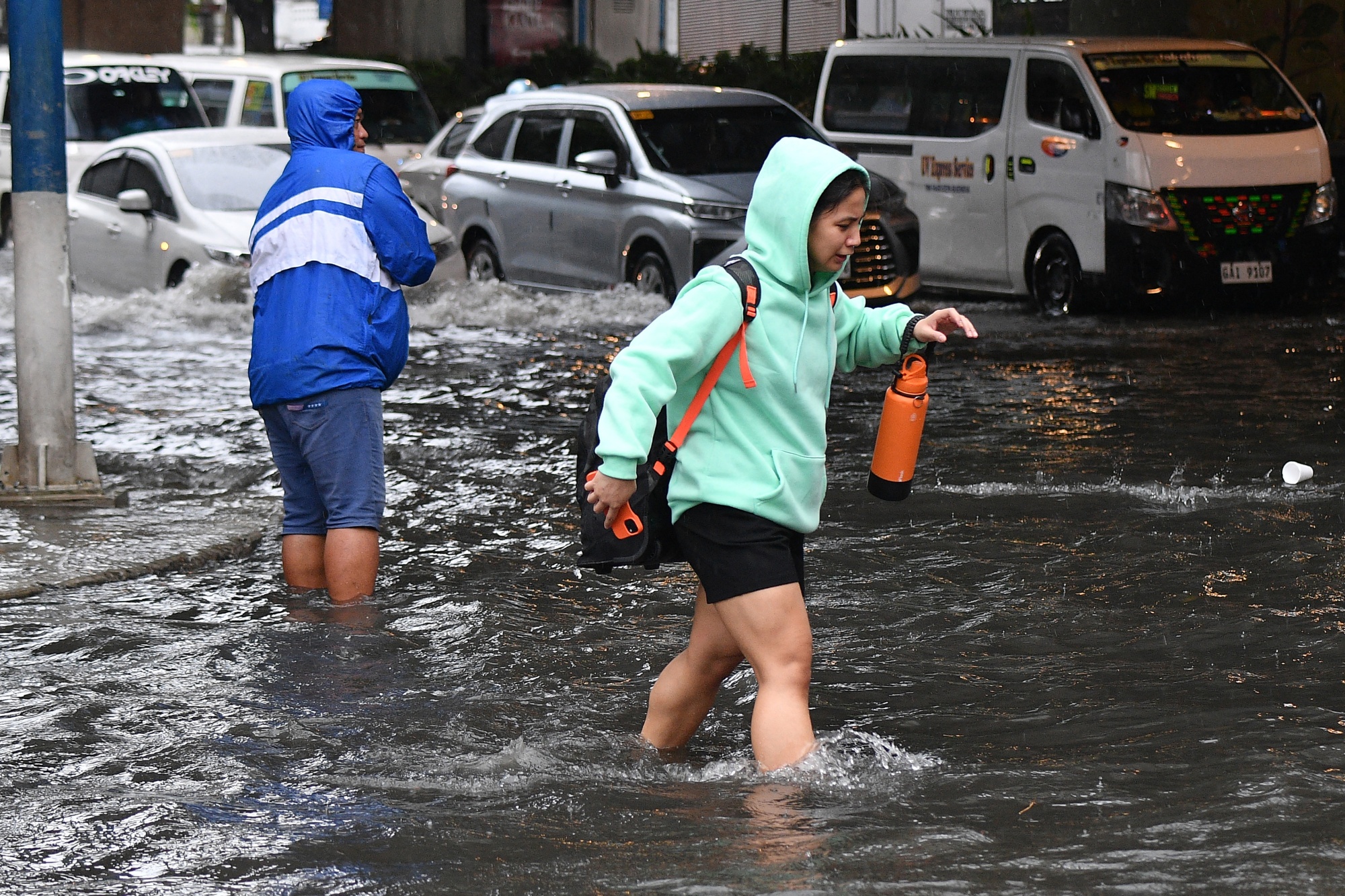
-
Definition and Classification
Typhoon Gaemi intensified into a super typhoon before making landfall. This classification is significant due to the storm's immense power. A super typhoon is defined as an exceptionally strong tropical cyclone in the Northwest Pacific Ocean. It is characterized by sustained wind speeds of at least 150 miles per hour (241 kilometers per hour). The Joint Typhoon Warning Centre (JTWC) uses this classification to denote the most severe storms, comparable to Category 4 or 5 hurricanes on the Saffir-Simpson Hurricane Wind Scale.
-
Historical Context
Super typhoons are known for their destructive potential. Past events such as Typhoon Haiyan (Yolanda) in 2013 and Typhoon Meranti in 2016 provide context for the damage that these storms can inflict:
-
Typhoon Haiyan: This storm caused widespread devastation, affecting over 14 million people and pushing 2.3 million individuals into poverty.
-
Typhoon Meranti: Known for its intensity, Typhoon Meranti impacted the Philippines, Taiwan, and mainland China. It resulted in more than $2.6 billion in damage and over 30 fatalities.
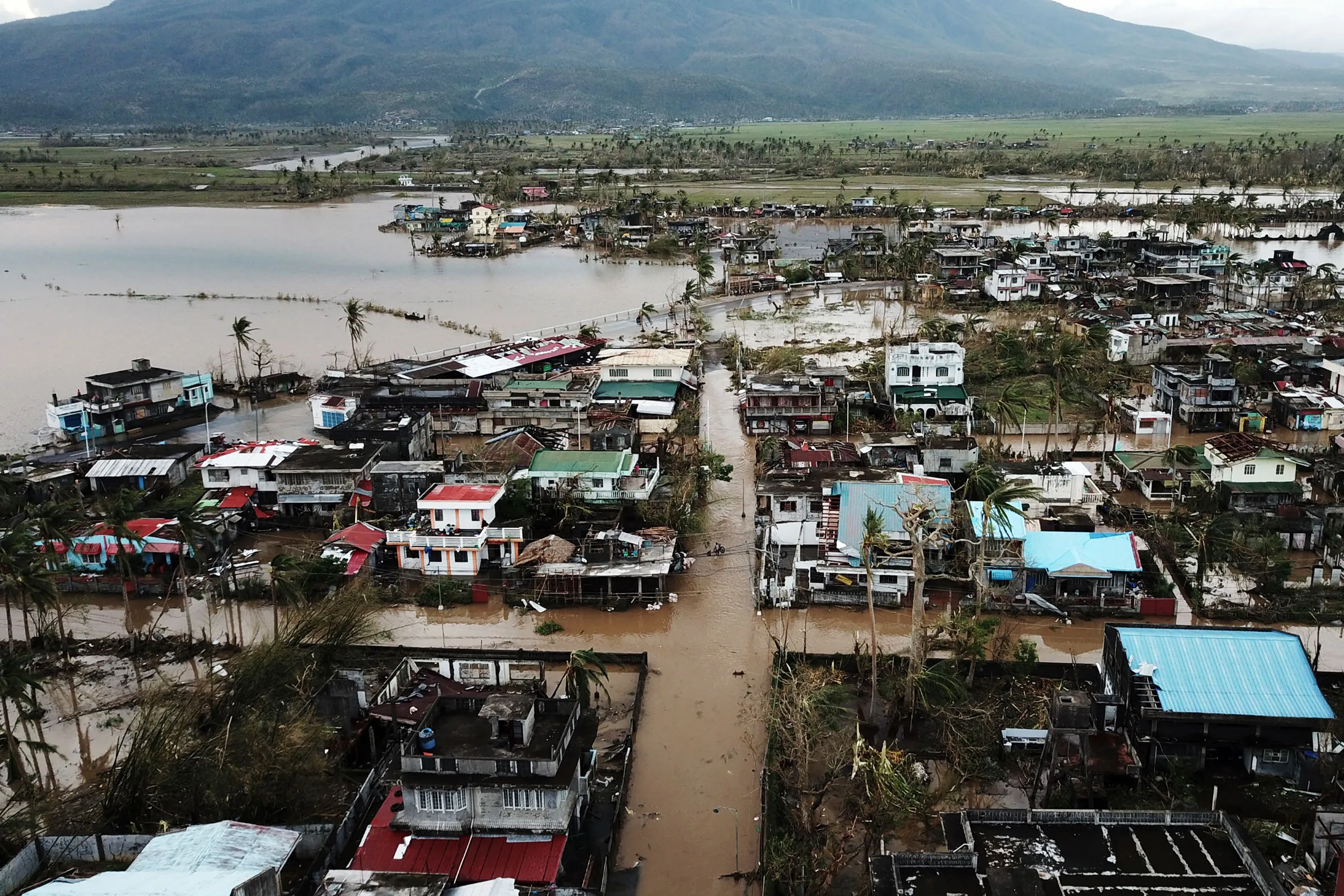
1. Where Is Typhoon Gaemi and When Is It Expected to Make Landfall?
As of Thursday morning, Typhoon Gaemi is advancing towards China's southeastern coast, with landfall anticipated by the evening. The storm, which had recently struck Taiwan, has significantly weakened but remains a powerful typhoon, comparable to a Category 3 hurricane in terms of intensity.
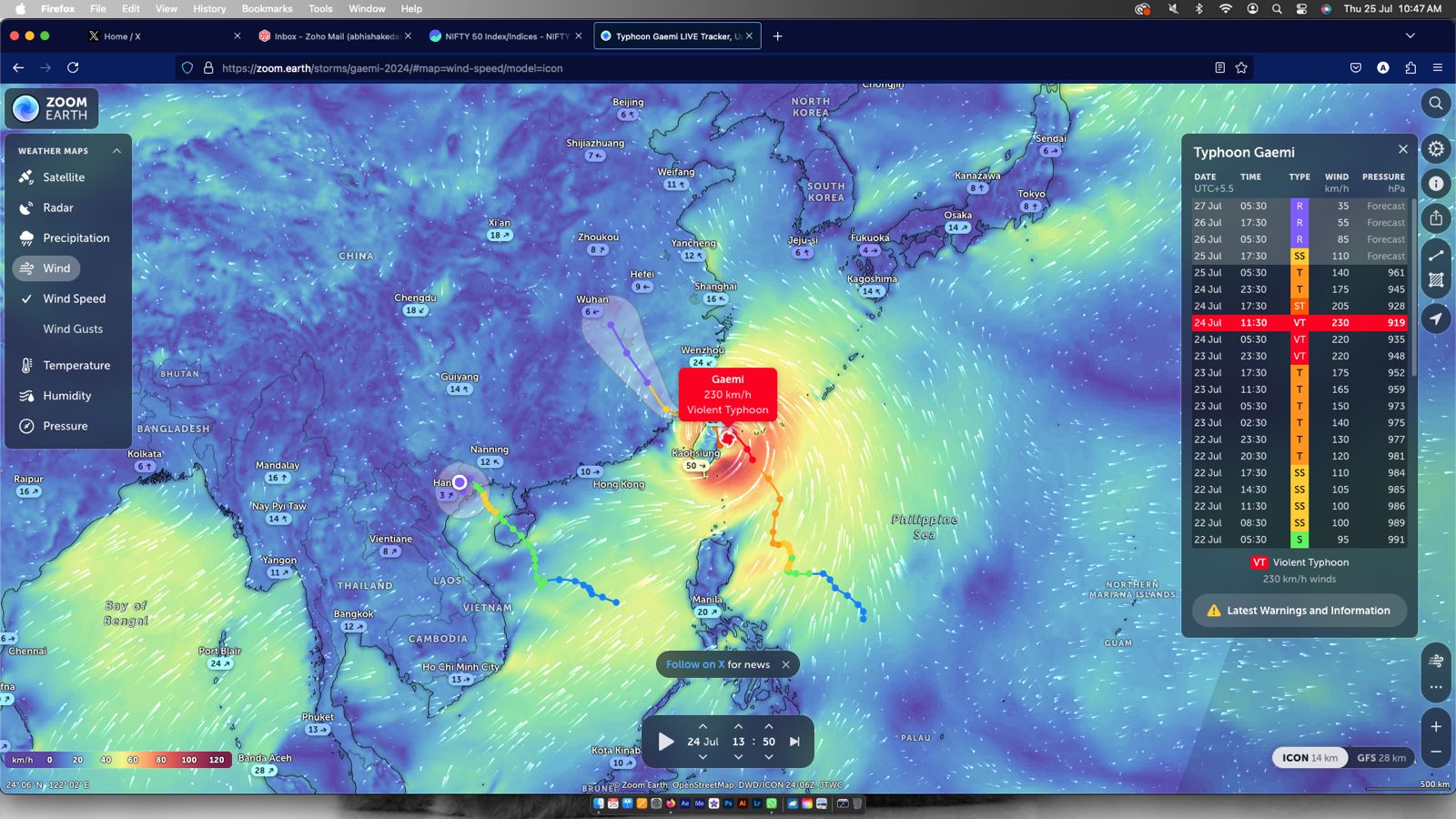
- Current Storm Status
The storm, after moving out of the Philippines’ area of responsibility—a zone monitored by the country for typhoons and storms—continues its westward trajectory at a speed of 20 km/h. The typhoon maintains maximum sustained winds of 140 km/h near its center, with gusts reaching up to 215 km/h.
Typhoon Gaemi is projected to make landfall in Fuzhou, located in Fujian province, China. Following landfall, the storm is expected to weaken further into a tropical depression as it progresses inland.
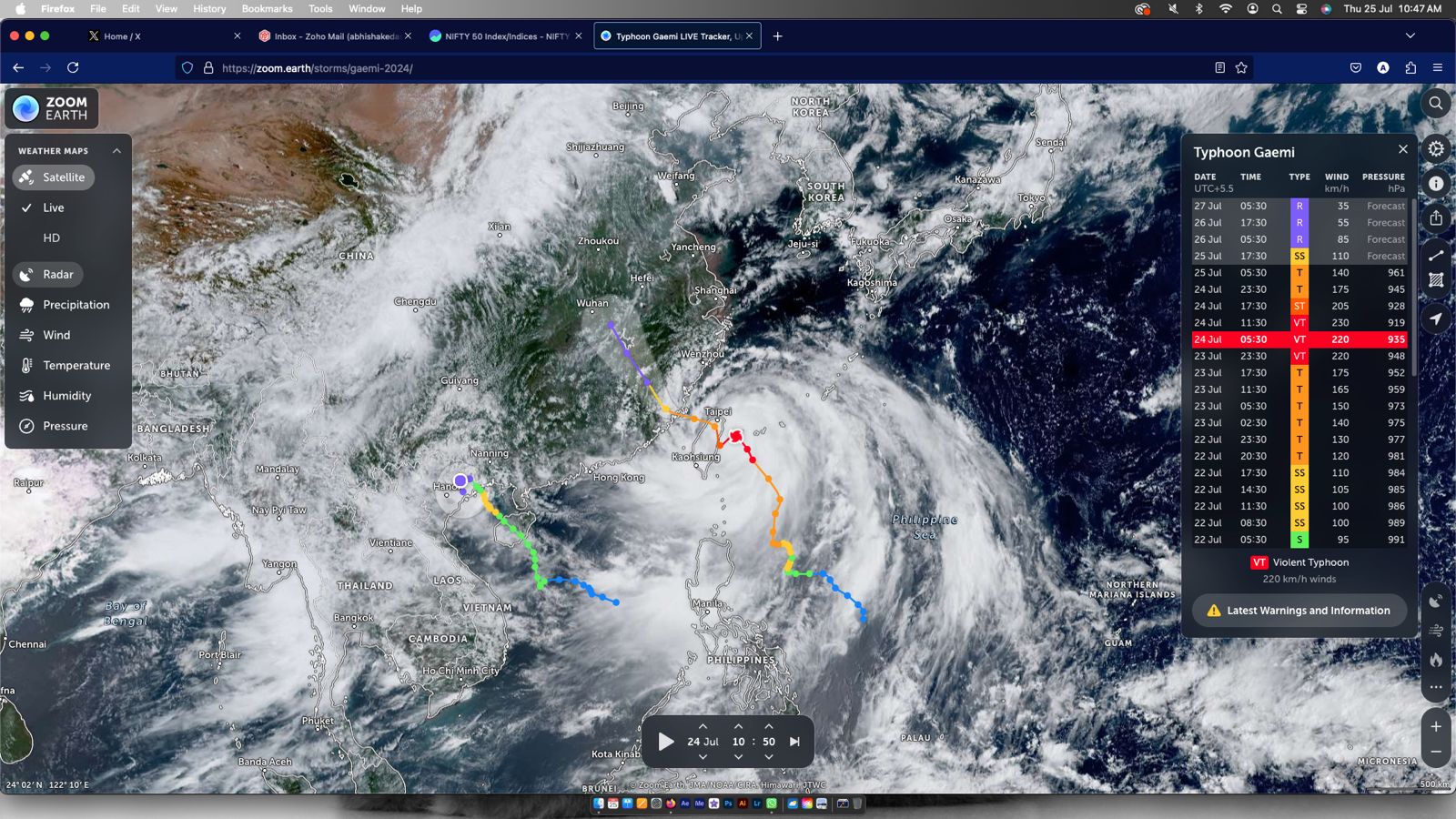
2. Precautionary Measures in China’s Wenzhou City
In response to the approaching Typhoon Gaemi, Wenzhou city in China has suspended 49 scheduled passenger ferry services. This measure is a precaution to safeguard passengers and ensure safe maritime operations. Officials have emphasized the importance of these steps to mitigate potential risks associated with the storm.
- Impact on Transportation
The typhoon has also led to significant disruptions in air and rail travel. Several flights have been cancelled at airports in Fuzhou, Quanzhou (both in Fujian), and Wenzhou (in Zhejiang) according to the VariFlight app. Additionally, Guangzhou rail officials have suspended some train services that traverse areas affected by the typhoon, as reported by CCTV.
_1721892083.jpg)
3. Oil Spill Incident in the Philippines
Early this morning, the oil tanker MT Terra Nova capsized off the coast of Limay, Philippines, leading to a major oil spill. The vessel was carrying approximately 1,494 metric tonnes of industrial fuel at the time of the incident.
- Response and Investigation
The Philippine Coast Guard is currently investigating whether the capsizing is connected to Typhoon Gaemi. Transportation Secretary Jaime Bautista has noted that adverse weather conditions, including strong winds and high waves, have complicated immediate response efforts.
Of the 17 crew members onboard, 16 have been rescued, and a search is ongoing for the one remaining missing crew member. Despite initial reports stating no weather disturbances in the vicinity at the time of the accident, the authorities are focused on addressing the environmental impacts of the spill while continuing rescue and investigation efforts.
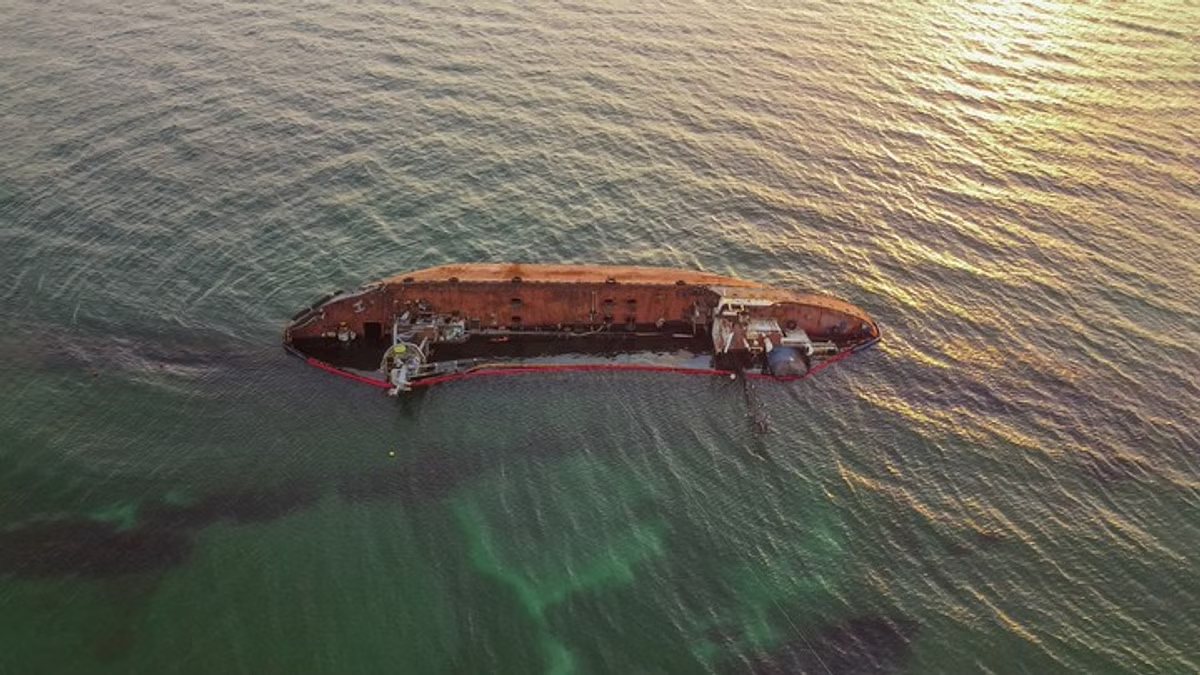
4. Typhoon Gaemi's Path and Intensity
Chinese weather forecasters have indicated that Typhoon Gaemi will make its way through Fujian province later today and then move inland. The storm is expected to gradually weaken as it tracks northward. However, the anticipated heavy rainfall across many regions remains a significant concern.
Government officials in Fujian and Zhejiang provinces have ramped up their preparedness efforts, anticipating severe weather conditions. In Fujian, approximately 150,000 residents, primarily from coastal fishing communities, have been relocated as a precautionary measure. The state media has reported these efforts to ensure safety in the face of potential flooding and extreme weather.
Key Measures Taken:
-
Zhoushan, Zhejiang: Gale force winds have led to the suspension of passenger waterway routes for up to three days.
-
Air Travel: Numerous flights have been canceled at airports in Fuzhou and Quanzhou in Fujian, as well as Wenzhou in Zhejiang, according to the VariFlight app.
-
Rail Services: Guangzhou rail authorities have suspended some trains traveling through areas affected by the typhoon, as reported by CCTV.
_1721891882.jpeg)
5. Heavy Rainfall in Northern China
As Typhoon Gaemi heads north, it coincides with a separate weather system causing heavy rain in northern China. In response to the severe conditions, Beijing officials issued a red warning for torrential rain late Wednesday night. The city is expected to experience substantial rainfall throughout Thursday.
Beijing's Response:
-
Evacuations: Over 25,000 residents have been evacuated due to the heavy rain, according to Beijing Daily.
-
Transport Disruptions: Some train services at Beijing West Railway Station have been suspended.
-
Rainfall Forecast: The Beijing Fangshan District Meteorological Observatory predicts that many areas could receive over 150mm (6 inches) of rainfall in six hours and up to 200mm (8 inches) within 24 hours.
6. Typhoon Gaemi's Impact on Taiwan
Typhoon Gaemi has wreaked havoc in Taiwan, causing significant damage and casualties.
Incident Report:
-
Freighter Sinking: A Tanzania-flagged freighter carrying nine Myanmar nationals sank off the coast of Kaohsiung. The Taiwanese fire department has reported no response from the crew, and search efforts are ongoing. The freighter was caught in the extreme weather conditions brought by the typhoon.
-
Casualties and Injuries: The typhoon has resulted in three fatalities and 266 injuries in Taiwan. The deceased include a scooter rider in Kaohsiung, a woman in Hualien who was killed when a wall collapsed on her car, and a neighborhood leader in New Taipei who was driving an excavator that overturned.
-
Storm's Arrival: Typhoon Gaemi made landfall around midnight local time (5pm BST) on Taiwan’s northeastern coast in Yilan County. It is the most powerful typhoon to strike the island in eight years, with gusts reaching up to 227kph (141mph) before the storm began to weaken.
The island experienced prolonged heavy rain and intense winds, compounding the damage and disruption caused by the storm.
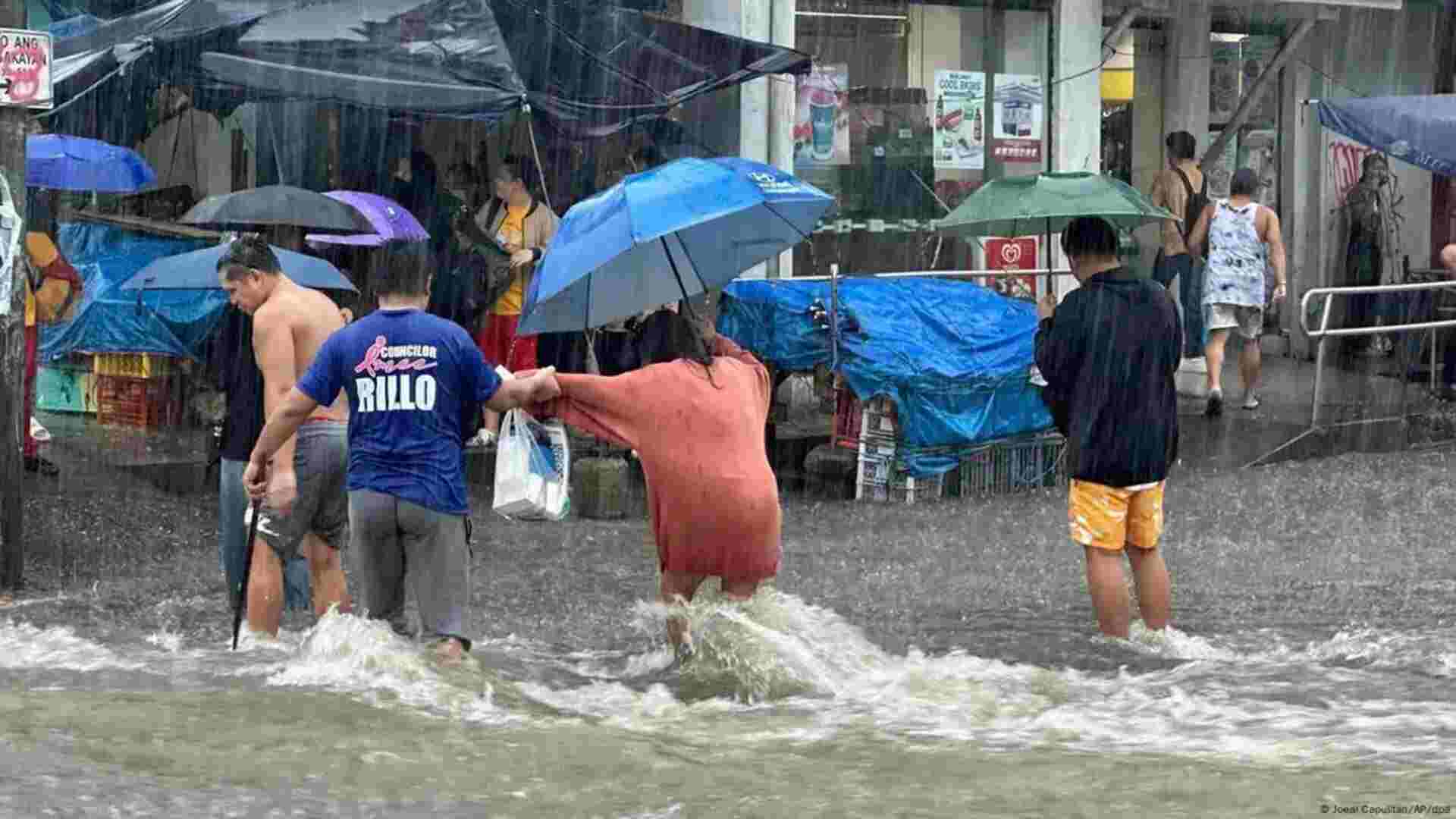
7. Typhoon Gaemi caused 22 deaths in the Philippines
Typhoon Gaemi, known as Carina in the Philippines, has caused significant devastation in the region, resulting in 22 confirmed fatalities. The storm, which intensified over the western Pacific, brought severe flooding and landslides to various parts of the Philippines. The death toll has risen due to drownings and landslides, with police reporting that at least three individuals remain missing.
Key Incidents and Responses
-
Oil Tanker Incident: Early Thursday, the Philippine Coast Guard reported that the oil tanker MT Terra Nova, carrying approximately 1.4 million liters (370,000 gallons) of industrial fuel oil, sank off Limay town in Bataan province. Rescuers managed to save 15 of the 16 crew members. It is uncertain whether the sinking was directly related to the adverse weather conditions, but Transport Secretary Jaime Bautista noted that rough sea conditions delayed coast guard efforts to address a potential oil spill.
-
Government and Community Response: Typhoon Gaemi did not make direct landfall in the Philippines but intensified the seasonal monsoon rains. In response, Philippine President Ferdinand Marcos Jr. has instructed authorities to expedite the delivery of food and aid to remote rural areas. In the densely populated regions around the capital, Manila, government operations and school classes were suspended due to widespread flooding.
-
Continued Impact and Forecast: The storm is expected to continue affecting the region into Friday as it moves northwestern toward mainland China. In response, ferry services in Fujian province were suspended on Wednesday, and train services were halted on Thursday, according to China's official Xinhua News Agency.
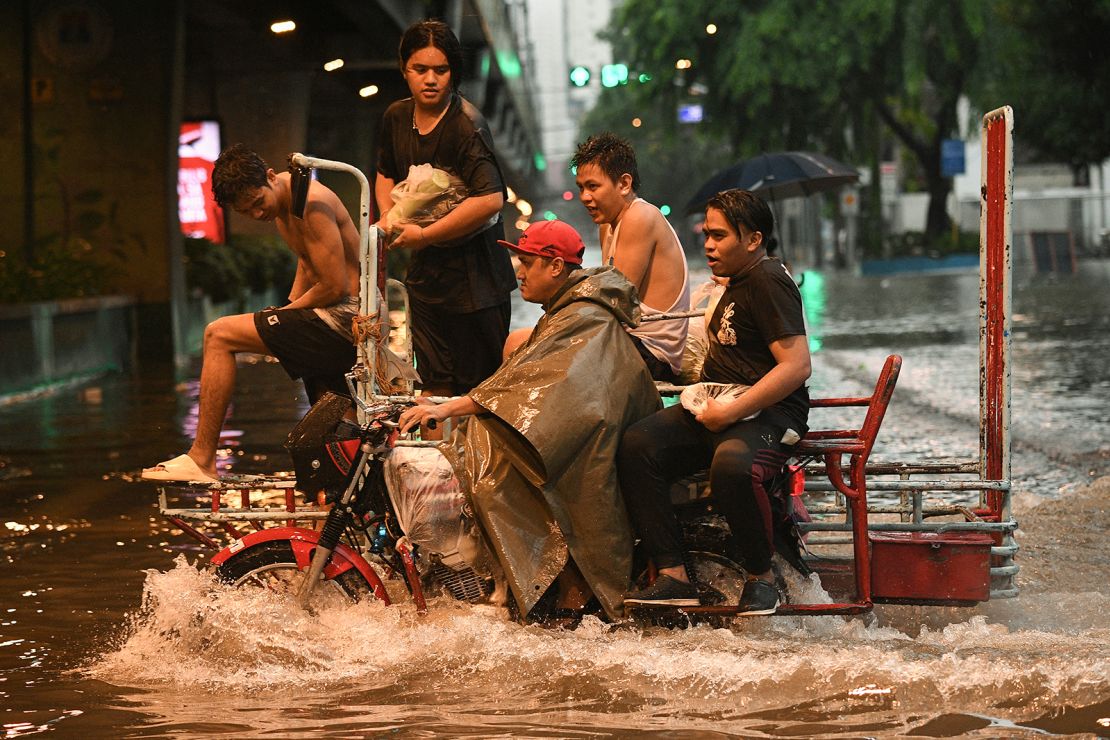
8. Climate Change and Intensification of Typhoons
- Role of Excess Ocean Heat
Experts suggest that climate change is playing a significant role in the intensification of Typhoon Gaemi. Excess ocean heat, a consequence of rising global temperatures, is contributing to the increased strength of tropical cyclones. These storms, which derive their energy from warm ocean waters, are becoming more intense, with higher wind speeds and greater rainfall.
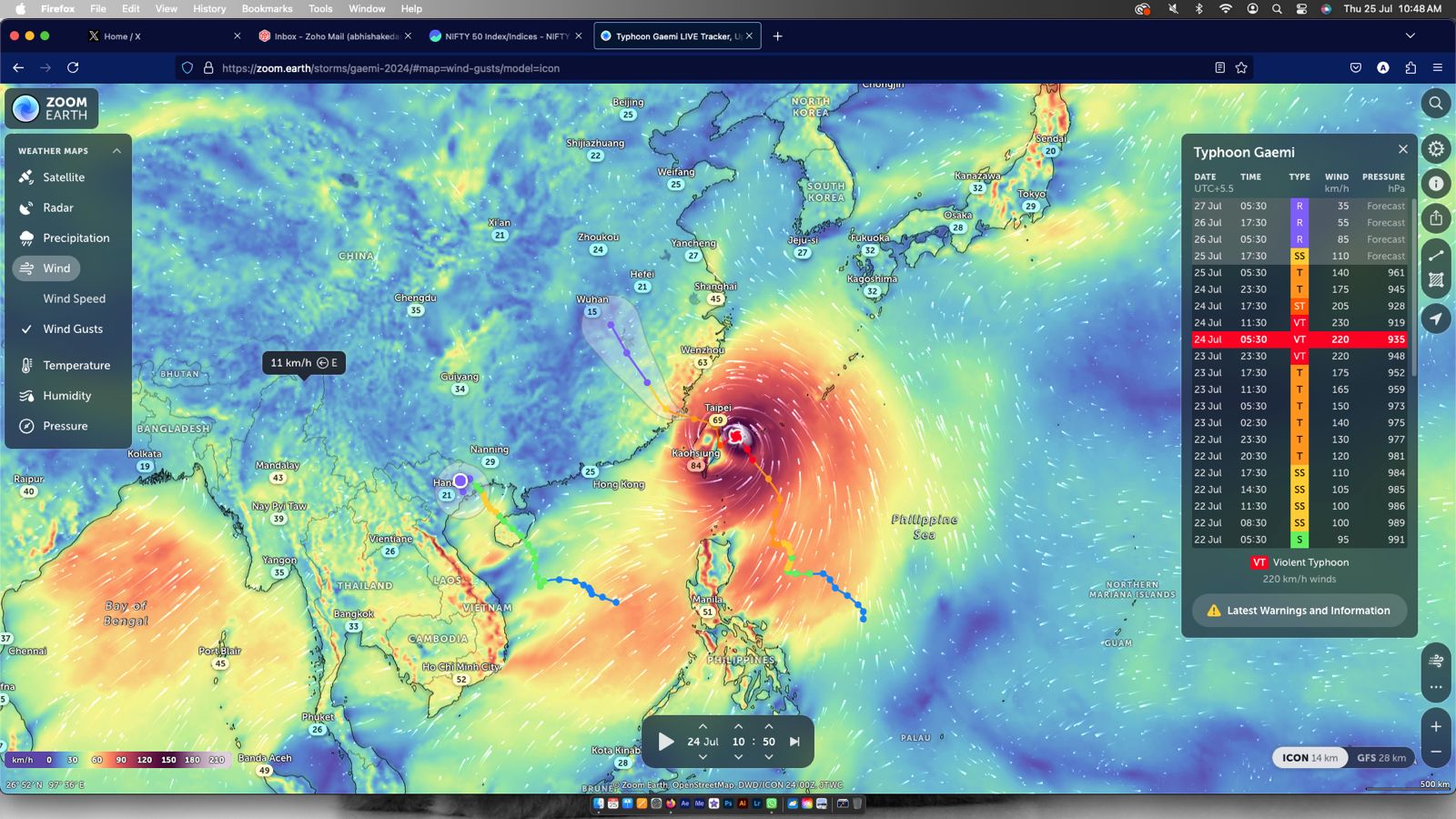
- Influence of Terrain on Typhoon Path
As Typhoon Gaemi approaches Taiwan, weather experts have observed that the island’s mountainous terrain is influencing the storm's trajectory. Television forecaster Jeff Berardelli highlighted that the friction caused by Taiwan’s large mountains has disrupted the typhoon’s circulation, causing it to alter its course.
Hurricane researcher Michael Ferragamo also noted the impact of Taiwan’s topography, suggesting that the island's higher terrain might be deflecting the storm’s conventional path, pushing it southward.
_1721891963.jpeg)
9. Typhoon Gaemi to Bring Heavy Rainfall Across China
Typhoon Gaemi, a formidable weather system, is expected to unleash heavy to very intense rainfall across extensive regions of China starting Thursday. According to a warning from the country’s Water Resources Ministry, the intense rainfall is predicted to continue for up to a week, fueled by the abundant moisture carried by the typhoon. In response to this severe weather threat, China’s National Meteorological Centre has issued a red alert—the highest level in the alert system—highlighting the imminent danger and the need for immediate action to mitigate its impacts.
10. Shelters Activated as Typhoon Gaemi Approaches
As Typhoon Gaemi makes its way towards China, authorities have opened shelters in vulnerable areas, especially in Taiwan's mountainous central and eastern regions known for their susceptibility to landslides and flooding. The approaching storm has already caused widespread inundation in towns and cities, with high winds disrupting daily life, knocking down pedestrians, and affecting riders on motor scooters. In anticipation of the typhoon, local governments have closed schools, offices, and tourist sites. Additionally, air force drills scheduled off Taiwan’s east coast have been canceled due to the approaching storm.
11. Taiwan Scales Back Military Drills
In light of Typhoon Gaemi, Taiwan has adjusted its annual Han Kuang military exercises, which involve land, air, and naval forces. Originally planned to run from Monday to Friday, the air force drills set for Tuesday have been canceled. However, naval and land-based exercises will proceed in other areas of the island. On Wednesday, in preparation for the storm, schools, offices, and financial markets across Taipei were closed, leaving the streets unusually deserted as heavy winds and rainfall battered the island nation.
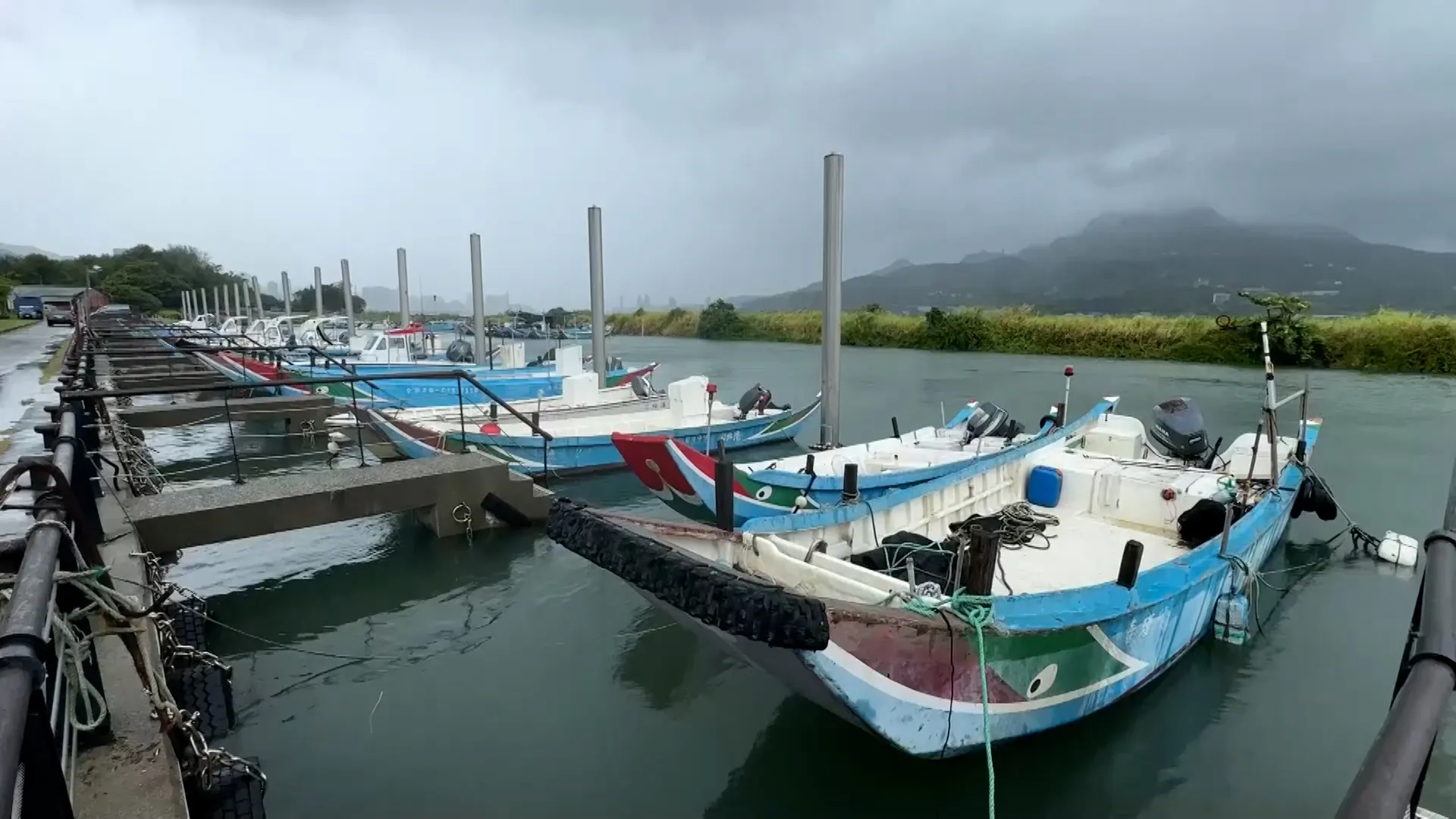
12. Flight and Transportation Disruptions
Fuzhou Changle International Airport, a major transportation hub in China, has been significantly impacted by Typhoon Gaemi. Reports indicate that 13 flights have been canceled, with several others facing delays as the storm approaches. Passengers are urged to check with their airlines for updated flight statuses and make necessary adjustments to their travel plans. In Taiwan, all domestic flights and over 200 international flights were previously canceled. The disruptions extend to railway services, with several operators in China suspending trains scheduled for Thursday.
13. China's Maritime Safety Response
In response to Typhoon Gaemi, the Fujian Maritime Safety Administration has initiated a Level I emergency response, the highest alert status. This proactive measure comes as the typhoon is projected to move towards Fujian province by Friday, prompting preparations for substantial disruptions and potential evacuations. The region has already experienced severe rainfall and flooding in recent weeks, exacerbating the impact of the approaching storm.
14. Suspension of Train Services in China
Ahead of Typhoon Gaemi’s landfall, the China Railway Nanchang Group has suspended all passenger trains in Fujian province for the day. This follows the earlier suspension of 260 trains by Shenzen’s rail authority. With Typhoon Gaemi expected to make landfall in Taiwan before advancing towards China’s Fujian province, the region is bracing for further disruption as it deals with ongoing extreme weather conditions.
15. Red Alert Issued by China’s Meteorological Centre
The National Meteorological Centre of China has issued a red alert for Typhoon Gaemi, signifying the highest level of warning in its weather alert system. This alert indicates that extreme weather conditions are either imminent or currently occurring, necessitating immediate safety measures. The super typhoon is anticipated to bring severe winds, heavy rainfall, and significant flooding as it approaches Taiwan’s northern coast and China’s Fujian province. Residents in the affected areas are advised to prepare accordingly and stay updated on the latest weather developments.
With inputs from agencies
Image Source: Multiple agencies
© Copyright 2024. All Rights Reserved Powered by Vygr Media.

